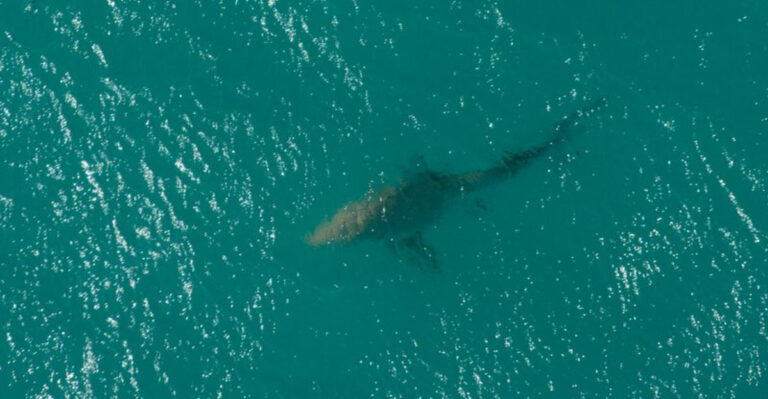Two Massive Sea Creatures Discovered In The World’s Largest Cave Located In Kentucky
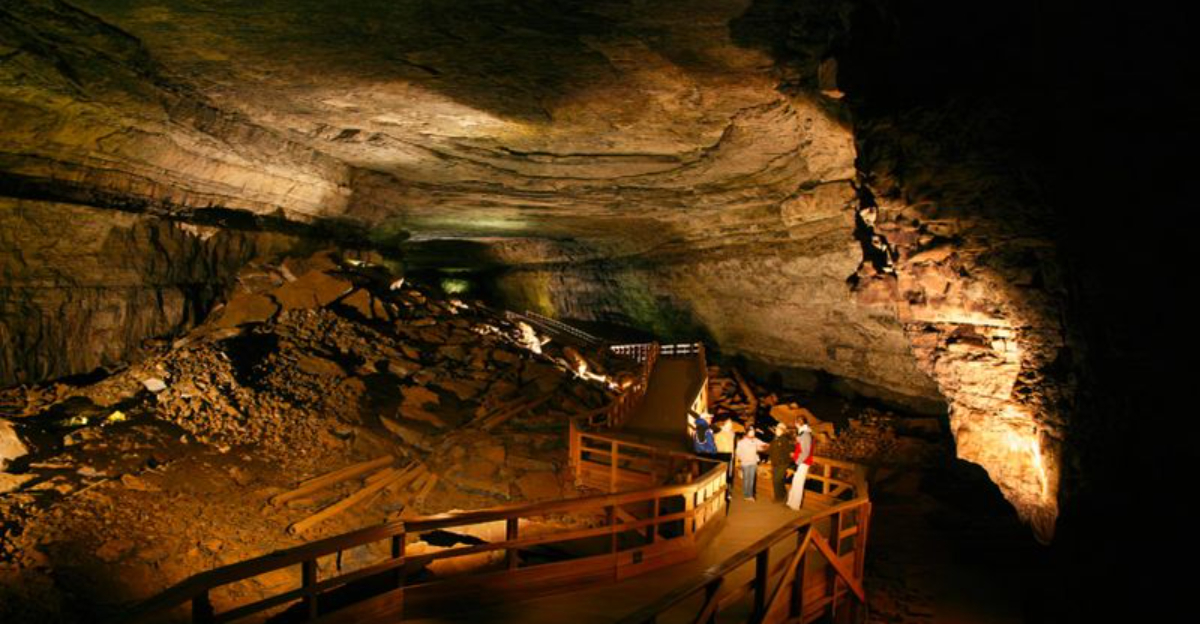
Deep within the twisting passages of Mammoth Cave in Kentucky, scientists made a jaw-dropping discovery that has rewritten our understanding of prehistoric marine life.
In 2019, researchers uncovered fossils of two massive sea creatures that once ruled ancient oceans – Troglocladodus Trimblei and Glikmanius Careforum.
These ancient shark-like predators somehow ended up preserved in what is now the world’s longest known cave system, hundreds of miles from any ocean.
The Stunning Discovery In Mammoth Cave
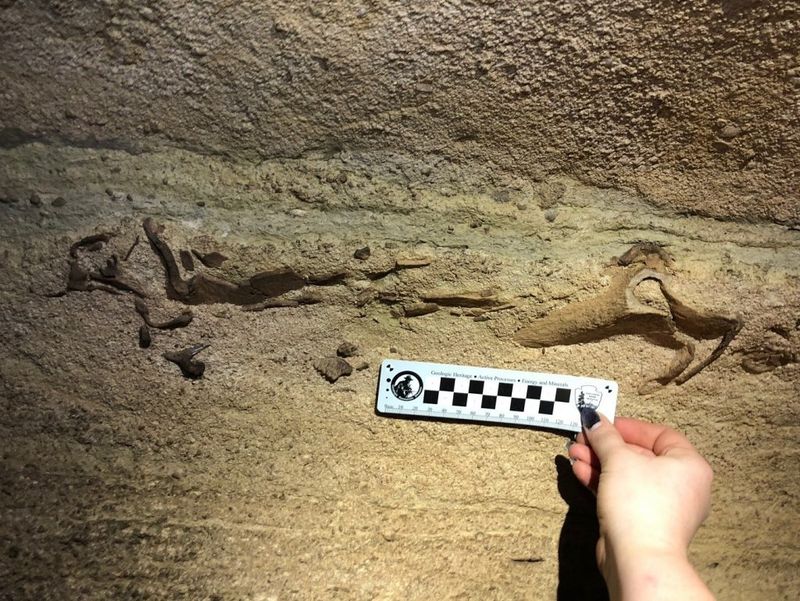
Paleontologists exploring a remote section of Mammoth Cave stumbled upon a treasure trove of marine fossils in 2019. The team, led by Dr. John Hodnett, identified teeth and cartilage belonging to two previously unknown species of prehistoric sharks.
What makes this find extraordinary is the location – these ocean predators were discovered 400 miles inland from the nearest coastline. The excavation required specialized equipment to navigate narrow cave passages while preserving the delicate fossils embedded in limestone walls nearly 325 million years old.
Troglocladodus Trimblei And Glikmanius Careforum
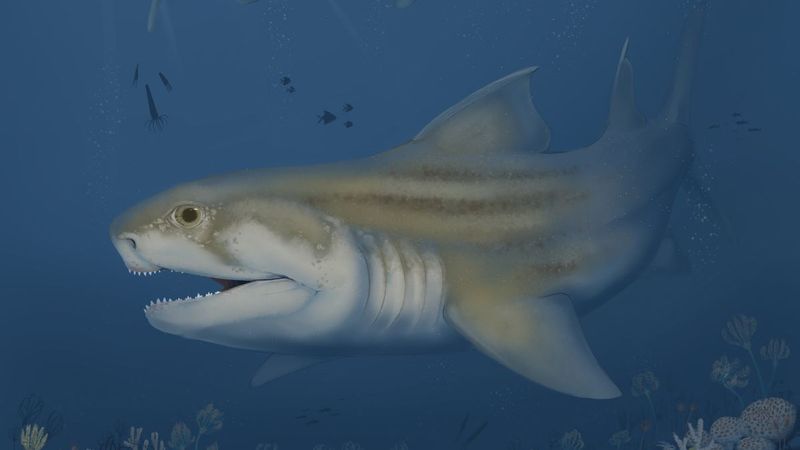
Imagine predators that would make modern sharks look like goldfish! Troglocladodus Trimblei reached lengths of 15-20 feet with distinctive cladodont teeth – multi-pointed daggers perfect for slashing prey. Its cousin, Glikmanius Careforum, stretched nearly 12 feet with specialized crushing teeth for shellfish.
These Paleozoic hunters belonged to the ctenacanth shark family, distant relatives of modern sharks but with unique anatomical features. Their fossilized cartilage shows they had powerful fins and streamlined bodies built for speed in ancient seas that once covered Kentucky 325 million years ago.
The Importance Of Discovering These Fossils In Mammoth Cave
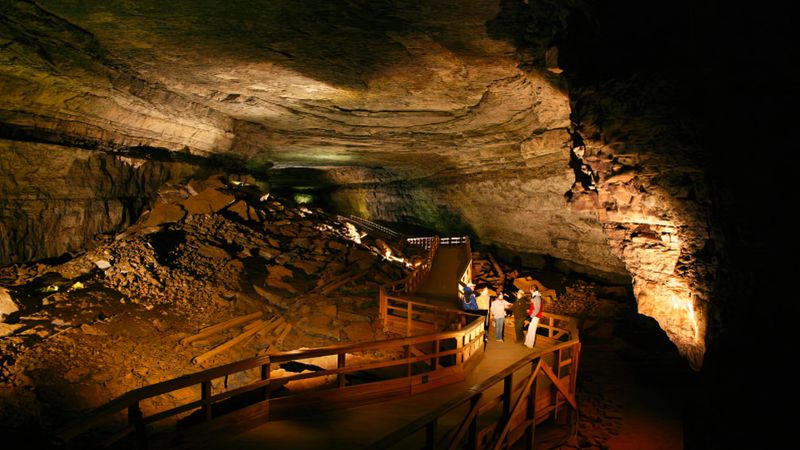
Finding ocean predators in a Kentucky cave system turned geological understanding on its head! The presence of these marine fossils confirms that 325 million years ago, Kentucky sat beneath a vast, warm tropical sea near the equator.
Scientists had long suspected marine origins for the limestone formations, but these perfectly preserved specimens provided definitive proof. The cave environment created ideal conditions for fossil preservation, protecting delicate cartilage structures rarely found elsewhere.
Most revolutionary was the discovery of complete dental patterns, allowing researchers to reconstruct entire feeding mechanisms of these ancient hunters for the first time.
What These Fossils Reveal About Ancient Marine Life?
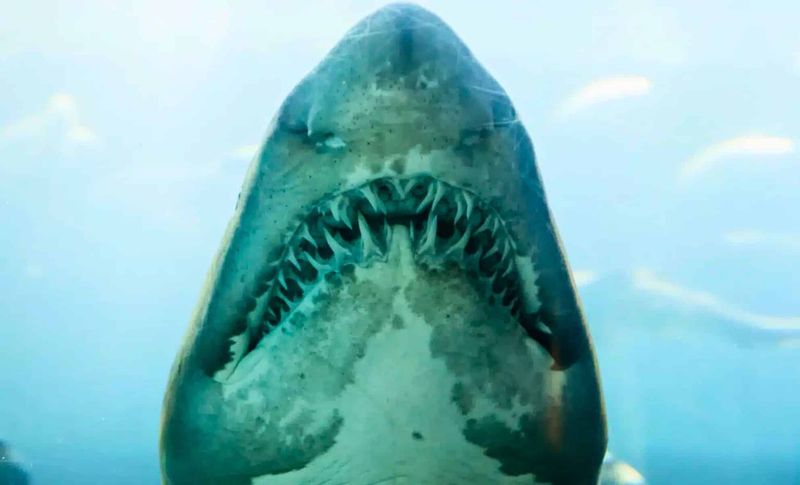
Carbon dating places these fossils in the Mississippian Period, approximately 325-340 million years ago. During this steamy era, Kentucky basked in a tropical climate near the equator, covered by shallow seas teeming with primitive fish, crinoids, and these massive shark-like predators.
Microscopic analysis of growth rings in their teeth reveals seasonal feeding patterns and migration routes. The fossils also contain chemical signatures that allowed scientists to determine ancient ocean temperatures were significantly warmer than today.
Most fascinating was evidence of predator-prey relationships preserved in nearby fossils showing bite marks from these specific species!
Similar Discoveries Of Marine Fossils In Landlocked Regions
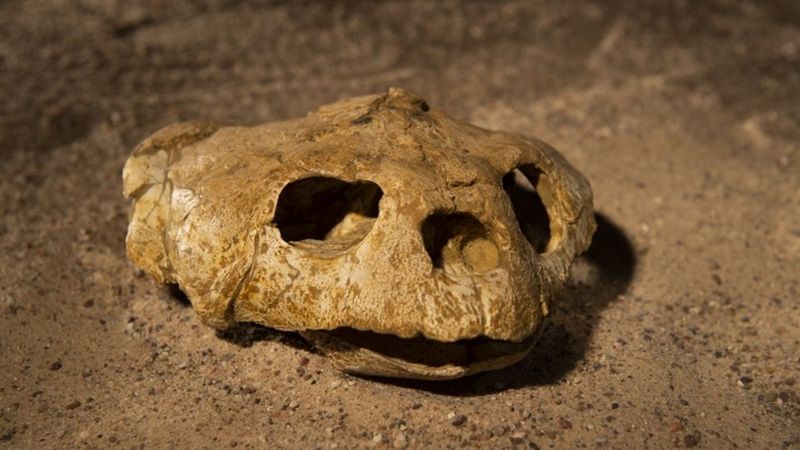
Kentucky’s shark fossils join an elite club of unexpected marine discoveries found far from modern oceans. The Sahara Desert has yielded complete mosasaur skeletons, while Wyoming’s mountains contain abundant ichthyosaur remains – evidence of dramatic geological shifts over millions of years.
What sets the Mammoth Cave discovery apart is the exceptional preservation quality. Unlike compressed fossils typically found in sedimentary rock, the cave environment protected three-dimensional structures of cartilage and soft tissue impressions.
These inland marine fossil sites collectively help scientists map ancient coastlines and track how continents have drifted through Earth’s history.
The Future Of These Discoveries

Researchers are currently using CT scanning technology to create 3D models revealing internal structures of these prehistoric sharks without damaging the rare specimens. A team at the University of Kentucky is extracting ancient DNA fragments that survived in the protected cave environment.
The National Park Service has launched an expanded survey of Mammoth Cave, believing more marine fossils await discovery in unexplored passages. Meanwhile, paleontologists are comparing these specimens with similar fossils worldwide to establish evolutionary relationships.
The most ambitious project involves reconstructing the complete Mississippian ecosystem of Kentucky through computer modeling, with these apex predators at the center of this ancient food web.

